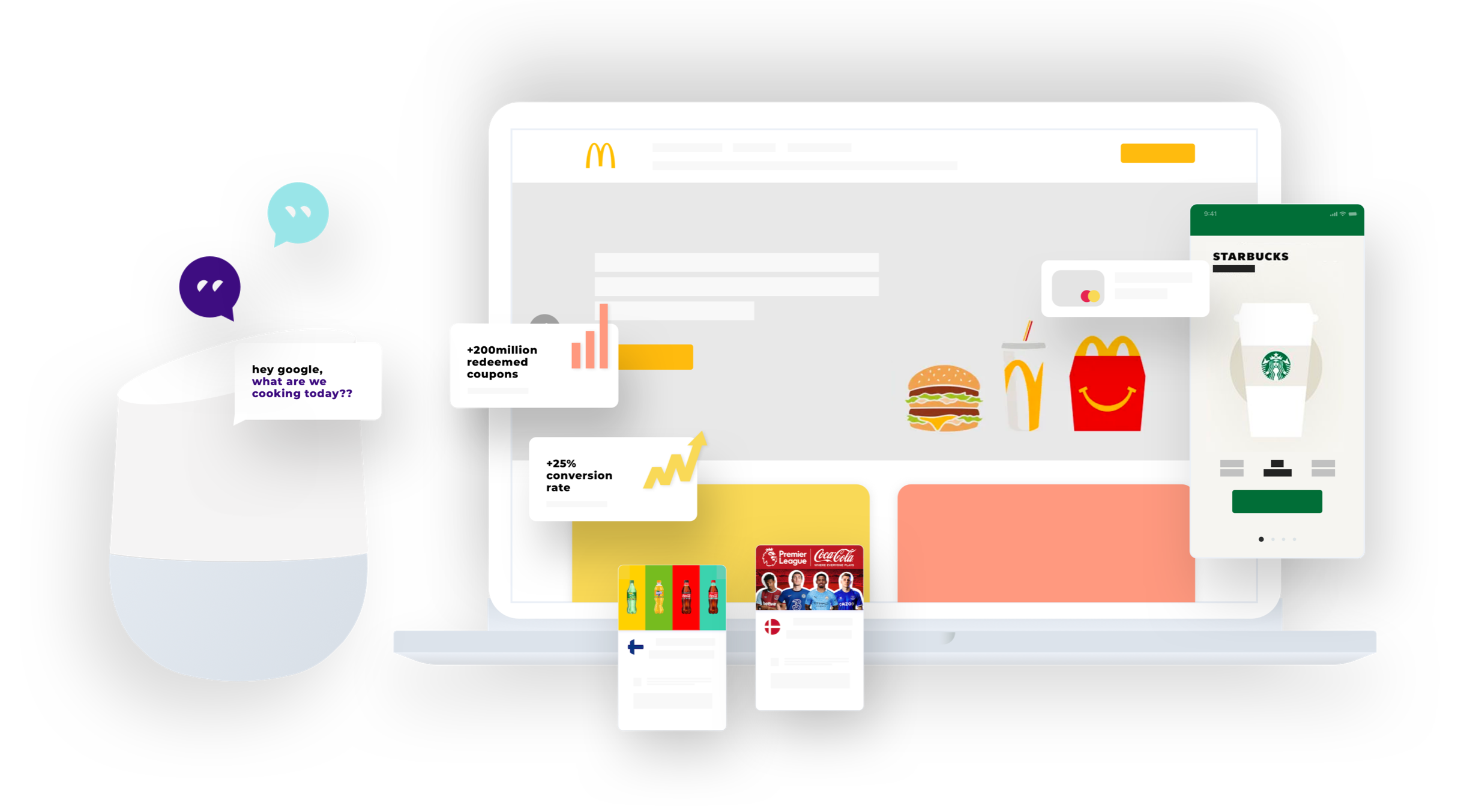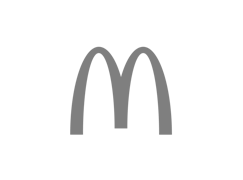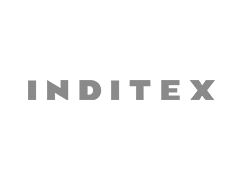become a digital-ready company
when you join technology, creativity and business-oriented solutions with focus on customer, there is no space to be wrong, discover how we transform traditional companies in digital-ready companies – Econocom Digital
we are an econocom group company
our DNA
digital products
& marketing suite
we help you to build and transform your business through design, development, and our award-winning marketing platform
econocom gigigo digital products & marketing suite

we changed our brand, but not our DNA
the econocom gigigo company is now

we are the digital innovation unit from econocom products & solutions
Passionate about digital ecosystem challenges, we bring innovation, technology and design to boost business through experiences that improve the customer journey
our clients & our pride














customer
experience
we redesign the customer journey optimizing every touchpoint
- user research
- visual design ui&ux
- customer experience
digital
products
we offer an end-to-end service: strategy, design, development and product operation
- mobile App
- website & ecommerce
- voice app & chatbots
innovation
& technology
creative engineering: we offer innovative solutions, combining hardware, software and memorable experience
- automation
- cognitive services
- contactless solutions
orchextra
marketing suite
the ultimate 360º marketing suite that enables businesses to create, manage and deliver awesome digital experiences
offers
create campaigns with exclusive discounts per customer and drive traffic to the point of sale
— trackable discount solution
engage
create sweepstakes and contests campaigns to reward customers consumption and connect with them
— engagement solution
journey
trigger actions based on customer behavior and reward them with experiences
— data-driven solution
INNOVATION & TECHNOLOGY
econocom showroom
the place where you can discovery tangible experiences that demonstrate the tomorrow’s business. Based on four main points such as innovation, simplification, integration and dynamism.
retail
Connected end-to-end solutions to offer customers a unique, innovative and coherent experience through a one-stop-shop partner
hospitality
Technology, design and the last innovation together to a new era of hospitality. Digital • eco-efficient • intelligent • host-focused
healthcare
The way to transition to tomorrow’s digital healthcare services. Patient & healthcare professional solutions



